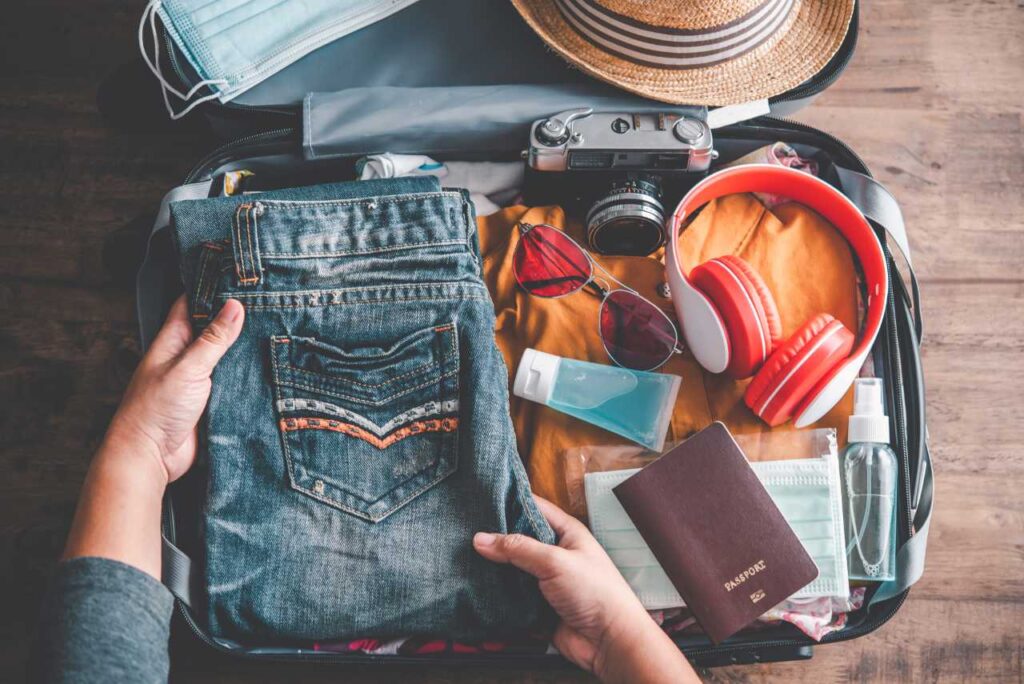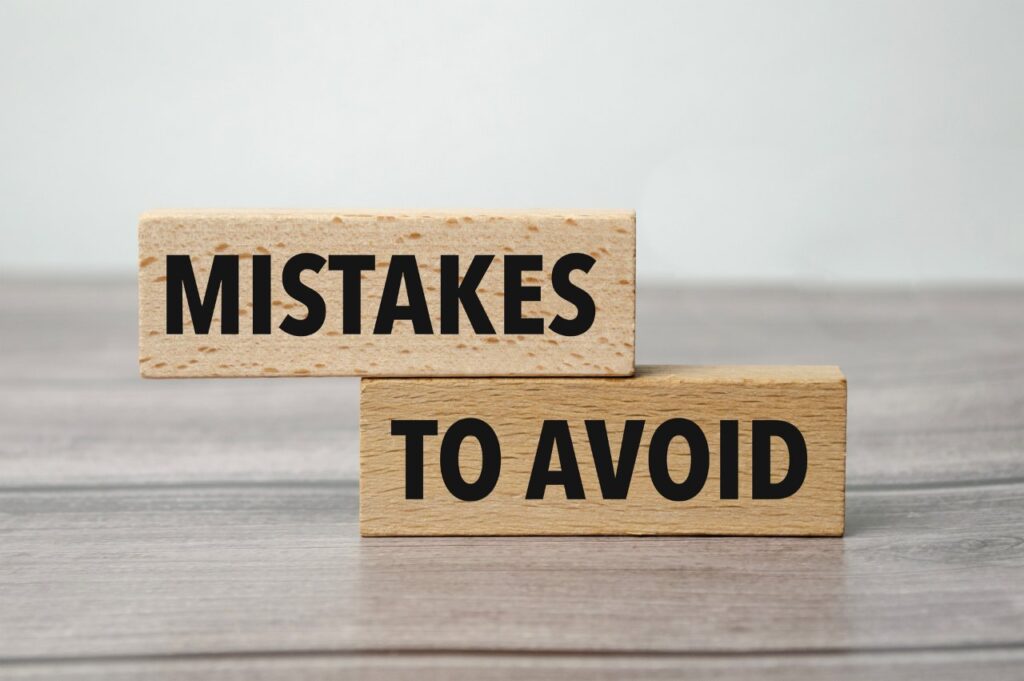
Travelling is often a test of efficiency. The flight may be long, the itinerary packed, and the luggage allowance frustratingly tight. Which is why mastering the art of packing isn’t just a matter of convenience – it can define whether your trip feels seamless or chaotic. The good news? A few structural choices and habits can transform the way you approach your suitcase.
Why Efficient Packing Matters
The instinct for many travellers is to throw in “just in case” items. A spare jacket, three different pairs of shoes, that extra book you might read. Not only does this inflate weight quickly, but it also creates unnecessary clutter. The result is wasted time rooting around for essentials and, in some cases, checked baggage fees that eat into your holiday budget.
And then there’s mobility. Dragging a heavy suitcase through cobbled streets or busy airports makes every step less enjoyable. The aim, then, isn’t just to fit everything in – it’s to carry what you genuinely need, packed in a way that maximises order and accessibility.
What Should Go In First?
Maybe the most overlooked decision is how you start. The base of your suitcase determines the shape of everything above it. Shoes and bulkier items belong at the bottom, positioned near the wheels so the weight distributes evenly. Place them in dust bags or even shower caps to avoid clothes picking up dirt.
On top of that foundation come your rolled garments. Rolling is still one of the most effective strategies: it compresses fabric, minimises wrinkles, and creates little cylinders that slot together like puzzle pieces. Thinner items – t-shirts, dresses, light trousers – roll best, while structured pieces like blazers or jeans fold more cleanly.
Should You Roll Or Fold Clothes?
It’s tempting to adopt a single method across the board, but the reality is more nuanced. Not only is rolling efficient, but it saves space in ways folding simply can’t. Yet folding protects form. Shirts with collars, tailored pieces, or anything prone to creasing fare better folded and layered. The most balanced strategy uses both – rolled for basics, folded for formals – stacked in alternating sections.
Here’s the key: keep fabrics together. Cotton with cotton, wool with wool. Mixing weights only creates bulges. It’s detail-oriented work, yes, but the result is a case that shuts smoothly instead of bulging at the zips.
How To Use Packing Cubes
Packing cubes are often marketed as miracle organisers. They aren’t magic, but they do provide order. Think of them as drawers inside your suitcase. One for tops, one for underwear, another for gym gear or swimwear. Not only do they compress items, but they also save you from rummaging through everything to find a single pair of socks.
And there’s another advantage: unpacking. In many hotels, you can lift entire cubes straight into drawers, avoiding the need to fully empty your luggage. That means less disruption and less chance of losing track of your essentials.
What About Toiletries And Accessories?
Liquids remain a headache. Not only are they subject to airport restrictions, but leaks are common. A clear zip bag – placed at the very top or in an external pocket – ensures they’re accessible at security. Wrap bottles in cling film before sealing the lids if you want extra protection.
Accessories are trickier. Belts should be coiled and slotted inside shoes. Jewellery works best in pill boxes or small pouches. Scarves? Roll them and slide them into the edges where no other item quite fits. The principle is simple: every crevice deserves to be filled.
When To Pack Separates Versus Outfits
This is where packing shifts from technical to strategic. Some travellers prefer building outfits in advance: Monday evening, this shirt with those trousers. It guarantees variety and coordination but risks overpacking. Others stick to separates – neutral basics mixed and matched endlessly.
There’s no single answer. For short city breaks, outfits save mental effort. For longer trips, particularly where climates vary – think beach and safari holidays in Zanzibar – separates provide flexibility. A limited palette (navy, grey, white, earth tones) makes mixing and matching seamless without feeling repetitive.
Common Mistakes People Make

It’s worth pausing on what people get wrong. Overstuffing shoes with nothing inside them wastes prime storage. Forgetting to balance weight leaves the case top-heavy and unstable. Neglecting to check luggage dimensions can mean a bag that technically “fits everything” still fails to comply with airline restrictions. And beyond packing errors, travellers often forget the commonly overlooked travel items that make a big difference, from adaptors to sunglasses.
One Set Of Packing Essentials To Consider
- A set of packing cubes for organisation
- A portable luggage scale to avoid airport surprises
- Travel-sized bottles that meet liquid restrictions
- A universal adapter covering multiple regions
- A lightweight laundry bag for separating worn clothes
These few basics, tucked in strategically, can spare you both hassle and expense later.
Why Maximising Space Isn’t The Whole Story
We could assume efficiency ends with fitting more into your suitcase – but it doesn’t. The broader question is accessibility. Can you find what you need in seconds? Can you repack quickly for a multi-stop journey? A perfectly stuffed bag that requires unpacking everything for a single jumper isn’t efficient at all.
And to be fair, sometimes restraint matters more than space. An under-packed case leaves room for souvenirs, shopping, or simply lighter handling. Maximisation has its place, but selectivity has just as much.
The Bottom Line
Learning how to pack a suitcase is less about mastering tricks and more about adopting a mindset. Not only is it about order, but it’s also about making travel easier, faster, less stressful. Build the base with heavy items, use rolling where it works, fold where it protects, and exploit every corner with intent. Add the right accessories, avoid the classic mistakes, and think strategically about outfits versus separates.
In the end, the smartest travellers aren’t those who bring the most. They’re the ones who bring exactly what they need – nothing more, nothing less – and fit it in a way that feels effortless.

